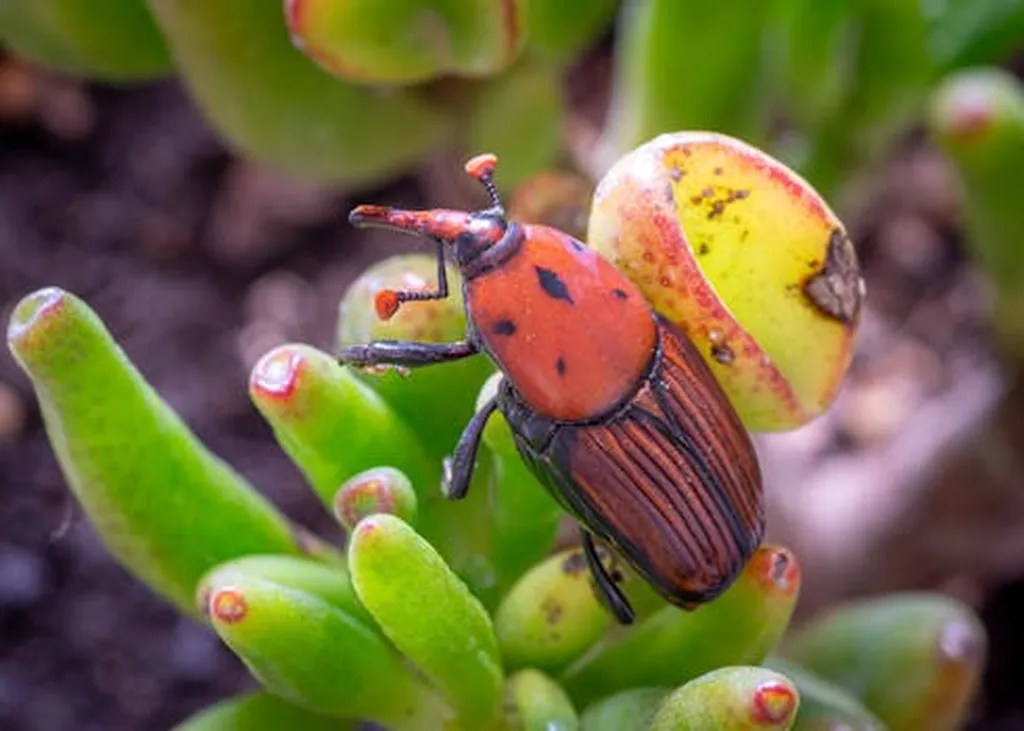In the sprawling olive groves and nearby natural patches of the Mediterranean Basin, a microscopic drama unfolds, one that could have significant implications for agriculture. Researchers have identified two new species of needle nematodes, tiny but formidable plant parasites, and their findings could reshape how farmers and scientists approach pest management in this vital agricultural region.
The study, led by Rosana Salazar-García of the Institute for Sustainable Agriculture (IAS), Department of Crop Protection, Spanish National Research Council (CSIC), delves into the complex world of Longidorus, a genus of nematodes that includes around 194 species. These nematodes are not just any garden pests; they are polyphagous, meaning they feed on a wide range of plants, and some even act as vectors for plant viruses. The challenge has always been identifying these species accurately due to their high diversity and conserved morphology.
“Accurate identification is crucial for effective pest management,” Salazar-García explains. “These nematodes can cause significant damage to crops, and understanding their diversity and distribution is the first step in mitigating their impact.”
The research, published in *Zoological Letters*, employed an integrative taxonomic approach, combining morphological and morphometric traits with molecular data. The team analyzed nuclear ribosomal RNA (rRNA) genes, including the D2-D3 expansion segments of 28S, ITS1, and partial 18S, as well as a mitochondrial DNA (mtDNA) marker, the Cytochrome c oxidase subunit I (COI). This comprehensive approach allowed them to describe two new species, *Longidorus olearum* sp. nov. and *Longidorus morocciensis* sp. nov., and report *Longidorus oakgracilis* in Portugal for the first time.
The phylogenetic analyses provided robust support for the delimitation of the newly described species and clarified the relationships among three previously recognized species within the genus: *L. magnus*, *L. oakgracilis*, and *L. vineacola*. The findings revealed that the majority of Longidorus species from the Mediterranean Basin clustered within subclades of Clade I, demonstrating strong congruence across lineages.
So, what does this mean for the agriculture sector? Accurate identification of nematode species is critical for developing targeted pest management strategies. Farmers can use this information to implement more effective control measures, reducing crop losses and improving yields. Moreover, understanding the phylogenetic relationships among these species can help predict their potential to spread and adapt to new environments, aiding in proactive pest management.
“This research highlights the importance of integrative taxonomy in understanding and managing agricultural pests,” Salazar-García notes. “By combining morphological and molecular data, we can gain a more comprehensive understanding of these nematodes and their impact on crops.”
The study also underscores the need for further intensive and wide-ranging nematological surveys. As climate change and agricultural practices continue to evolve, the distribution and impact of these nematodes may shift, necessitating ongoing research and monitoring.
In the broader context, this research could shape future developments in the field of nematology and agricultural pest management. By providing a more accurate and detailed understanding of Longidorus species, the study lays the groundwork for more effective and sustainable pest control strategies. It also highlights the importance of interdisciplinary approaches, combining morphology, molecular biology, and phylogenetics to tackle complex agricultural challenges.
As we look to the future, the microscopic world of nematodes offers a glimpse into the intricate web of life that underpins our agricultural systems. By unraveling these complexities, researchers like Salazar-García and her team are paving the way for more resilient and productive agricultural practices, ensuring food security in the face of growing global challenges.

